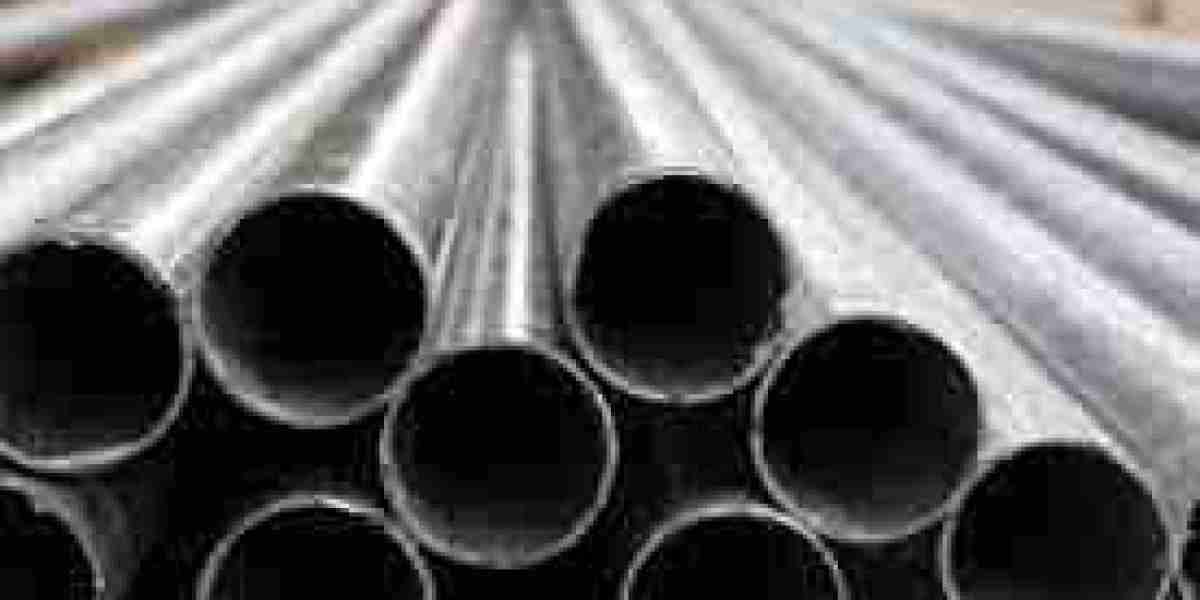The global Advanced High Strength Steel Market is on a strong upward trajectory, driven by the twin imperatives of vehicle emission reduction and enhanced passenger safety. As governments around the world tighten regulatory frameworks and push automakers toward greener, safer mobility solutions, AHSS is becoming an indispensable material in the modern transportation industry.
AHSS offers a unique combination of high tensile strength, ductility, crash energy absorption, and lightweight properties, making it a key enabler for compliance with evolving standards. As the world transitions toward electric vehicles (EVs), stricter emissions norms, and improved crash safety ratings, AHSS is expected to witness accelerated adoption across all vehicle segments.
Emission Regulations Driving Lightweighting Initiatives
One of the major drivers of AHSS market expansion is the global push to curb vehicular emissions. Governments in both developed and emerging markets are introducing ambitious targets to limit CO₂ emissions per kilometer, forcing automakers to rethink materials used in vehicle design.
Global Emissions Mandates Fuel AHSS Demand:
European Union: Under Euro 6 and upcoming Euro 7 standards, manufacturers must limit CO₂ emissions to 95g/km or less.
United States: The CAFE (Corporate Average Fuel Economy) standards require automakers to achieve fleet-wide averages of 58 mpg by 2032.
India: Bharat Stage VI norms align closely with Euro 6 and are pushing Indian manufacturers to adopt cleaner technologies and lightweight materials.
The automotive industry’s response has been to prioritize lightweighting—reducing the mass of vehicles to improve fuel economy and battery efficiency (in EVs). AHSS allows manufacturers to create lighter vehicles without sacrificing structural integrity or safety, which is critical in meeting these regulatory benchmarks.
Safety Norms Accelerate Integration of High-Strength Materials
As road safety becomes a priority globally, regulators are imposing stricter safety standards that require vehicles to withstand high-impact crashes while minimizing injury to passengers. This has led to growing interest in AHSS for critical structural components.
AHSS for Crashworthiness:
AHSS grades such as Dual Phase (DP), Complex Phase (CP), and Transformation Induced Plasticity (TRIP) steels exhibit superior energy absorption, which enhances the performance of crumple zones and reinforces passenger cabins.
According to the Insurance Institute for Highway Safety (IIHS), vehicles using AHSS frames have a 20–30% higher survival rate in frontal and side collisions.
In crash testing by Euro NCAP and NHTSA, AHSS-rich vehicle bodies consistently perform better in side-impact and rollover tests.
These properties are driving OEMs to use AHSS extensively in pillars, cross-members, rocker panels, side sills, bumpers, and intrusion beams.
Electric Vehicles Further Propel AHSS Usage
The rise of electric mobility introduces both challenges and opportunities for AHSS. While battery packs add considerable weight to EVs, they also require robust protection from crash events and environmental stress. AHSS offers a solution by:
Reducing overall vehicle weight to offset battery mass
Strengthening battery enclosures and side impact zones
Improving structural rigidity without compromising formability
Leading EV manufacturers such as Tesla, BMW, and Hyundai are integrating third-generation AHSS into their platforms to achieve regulatory compliance and performance standards.
Regional Dynamics and Regulatory Pressures
Europe:
Leading the charge with aggressive climate goals under the European Green Deal
Automakers face penalties for failing to meet fleet-average emissions targets
Rapid AHSS adoption driven by Volkswagen, Renault, Stellantis, and others
North America:
The U.S. Environmental Protection Agency (EPA) and Department of Transportation (DOT) are revising fuel economy standards to reflect climate goals
Reshoring of automotive production is increasing regional demand for high-performance steels
Crash safety focus from IIHS and NHTSA drives AHSS use in trucks and SUVs
Asia-Pacific:
China mandates NEV (New Energy Vehicle) quotas and fuel consumption limits
India tightening crash and emissions norms via AIS and BS-VI standards
Japan and South Korea lead in high-tech steel innovation with companies like Nippon Steel and POSCO
Innovation in AHSS Grades to Meet Emerging Needs
Steelmakers are actively developing Third Generation AHSS, which balances ultra-high strength (over 1200 MPa) with superior elongation. These steels allow for complex designs while maintaining crashworthiness, weldability, and formability.
Emerging technologies supporting this evolution include:
Hot stamping for shaping ultra-high-strength parts
Tailor welded blanks (TWBs) to optimize material usage
Advanced coating systems that improve corrosion resistance and paintability
These innovations make it easier for manufacturers to meet emissions and safety standards using AHSS rather than more expensive alternatives like aluminum or carbon fiber composites.
Competitive Landscape and Industry Collaboration
The AHSS market is highly competitive and innovation-driven. Key players include:
ArcelorMittal
Tata Steel
Nippon Steel Corporation
POSCO
United States Steel Corporation
These firms are investing in next-gen metallurgy, digital simulations, and co-development partnerships with automakers to embed AHSS earlier in vehicle design cycles.
Moreover, industry alliances and sustainability pacts—such as the Steel E-Motive project or the WorldAutoSteel consortium—are promoting knowledge sharing and global standardization of AHSS use.




